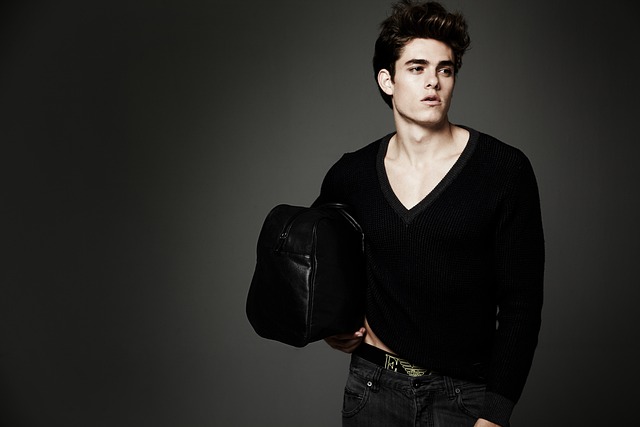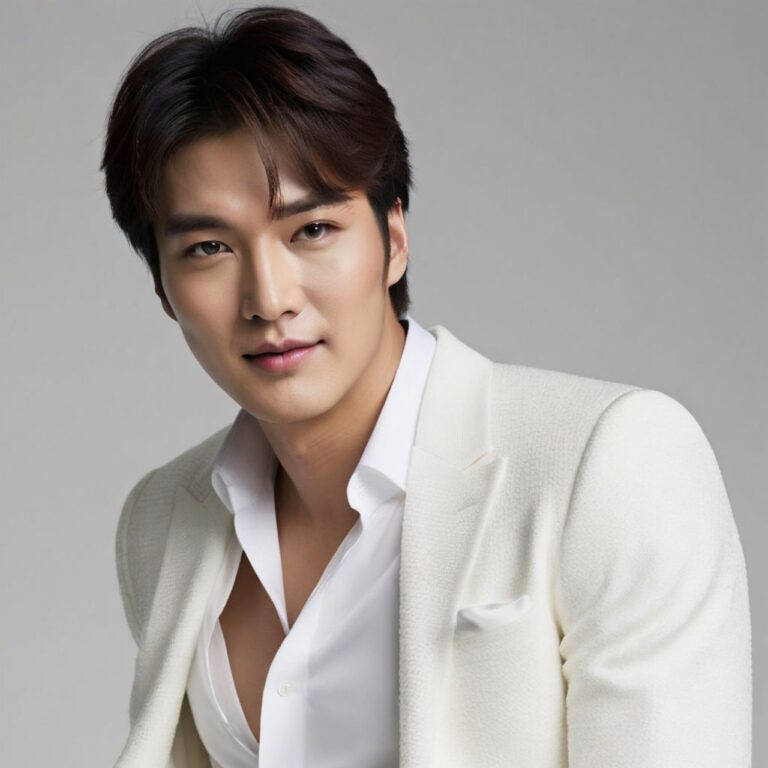The Intersection of Fashion and Architecture in Clothing Design
Architectural structures hold a captivating allure that transcends their practical functions. The synergy between the clean lines, geometric shapes, and striking forms found in architecture has long been a source of inspiration for fashion designers. Drawing from the elegance of skyscrapers, the intricacy of bridges, and the symmetry of cathedrals, designers have seamlessly integrated architectural elements into their clothing collections.
The marriage of architecture and fashion has led to the emergence of innovative designs that push the boundaries of traditional clothing aesthetics. From structured jackets mimicking the facades of modern buildings to dresses featuring sweeping arches reminiscent of historical landmarks, the influence of architectural structures in fashion design is undeniable. This interplay between two distinct art forms not only elevates the visual appeal of clothing but also fosters a deeper appreciation for the artistic intricacies of both architecture and fashion.
The Influence of Architectural Elements on Fashion Trends
Architectural elements have long been a source of inspiration for fashion designers around the world. The strong lines, geometric shapes, and innovative structures found in buildings often find their way into clothing designs, creating unique and striking garments that capture the essence of architecture. From the clean, minimalist aesthetics of modernist buildings to the intricate detailing of Gothic cathedrals, the influence of architectural elements can be seen in a variety of fashion trends.
The play between form and function in architecture mirrors the way in which clothing both serves a purpose and makes a statement. Silhouettes reminiscent of skyscrapers, patterns inspired by windowpanes, and textures evocative of concrete or steel all contribute to the interplay between fashion and architecture. As designers continue to push boundaries and explore new ways of interpreting architectural elements in clothing design, we can expect to see even more innovative and awe-inspiring creations that blur the lines between these two art forms.
The strong lines, geometric shapes, and innovative structures found in buildings often inspire clothing designs
Clean, minimalist aesthetics of modernist buildings influence fashion trends
Intricate detailing of Gothic cathedrals can be seen in various garments
Silhouettes resembling skyscrapers and patterns inspired by windowpanes contribute to the interplay between fashion and architecture
Textures reminiscent of concrete or steel are incorporated into clothing designs
Designers continue to push boundaries and explore new ways of interpreting architectural elements in clothing design
Architectural Shapes and Silhouettes in Clothing Design
Designers have long drawn inspiration from architectural structures when creating clothing designs. The clean lines, geometric shapes, and structural elements found in architecture have a way of seamlessly translating into fashion pieces. From the sharp angles of modern skyscrapers to the intricate detailing of historical buildings, these architectural shapes and silhouettes offer a diverse range of possibilities for fashion creations.
Architectural shapes and silhouettes often bring a sense of sophistication and modernity to clothing designs. When incorporated thoughtfully, they can add a unique and avant-garde touch to fashion pieces. Whether it’s the sleek form of a tailored blazer inspired by the sleek lines of a contemporary building or the voluminous draping of a dress mimicking the grandeur of a cathedral’s architecture, these influences can elevate the design aesthetic and create visually striking garments.
How do architectural shapes influence clothing design?
Architectural shapes can influence clothing design by inspiring unique silhouettes, structural details, and geometric patterns in garments.
Can you give examples of architectural elements commonly seen in fashion trends?
Examples of architectural elements in fashion trends include asymmetrical lines, sculptural forms, and intricate pleating inspired by buildings and structures.
How can designers incorporate architectural shapes into their clothing collections?
Designers can incorporate architectural shapes into their clothing collections by experimenting with innovative cuts, using architectural materials like metal or concrete in accessories, and drawing inspiration from iconic buildings around the world.
What is the significance of combining architecture and fashion in design?
Combining architecture and fashion in design allows for a fusion of art forms, creating visually striking pieces that blur the lines between clothing and sculpture.
How can individuals incorporate architectural influences into their personal style?
Individuals can incorporate architectural influences into their personal style by choosing clothing with clean lines, bold geometric shapes, and architectural details such as structured collars or angular sleeves.







